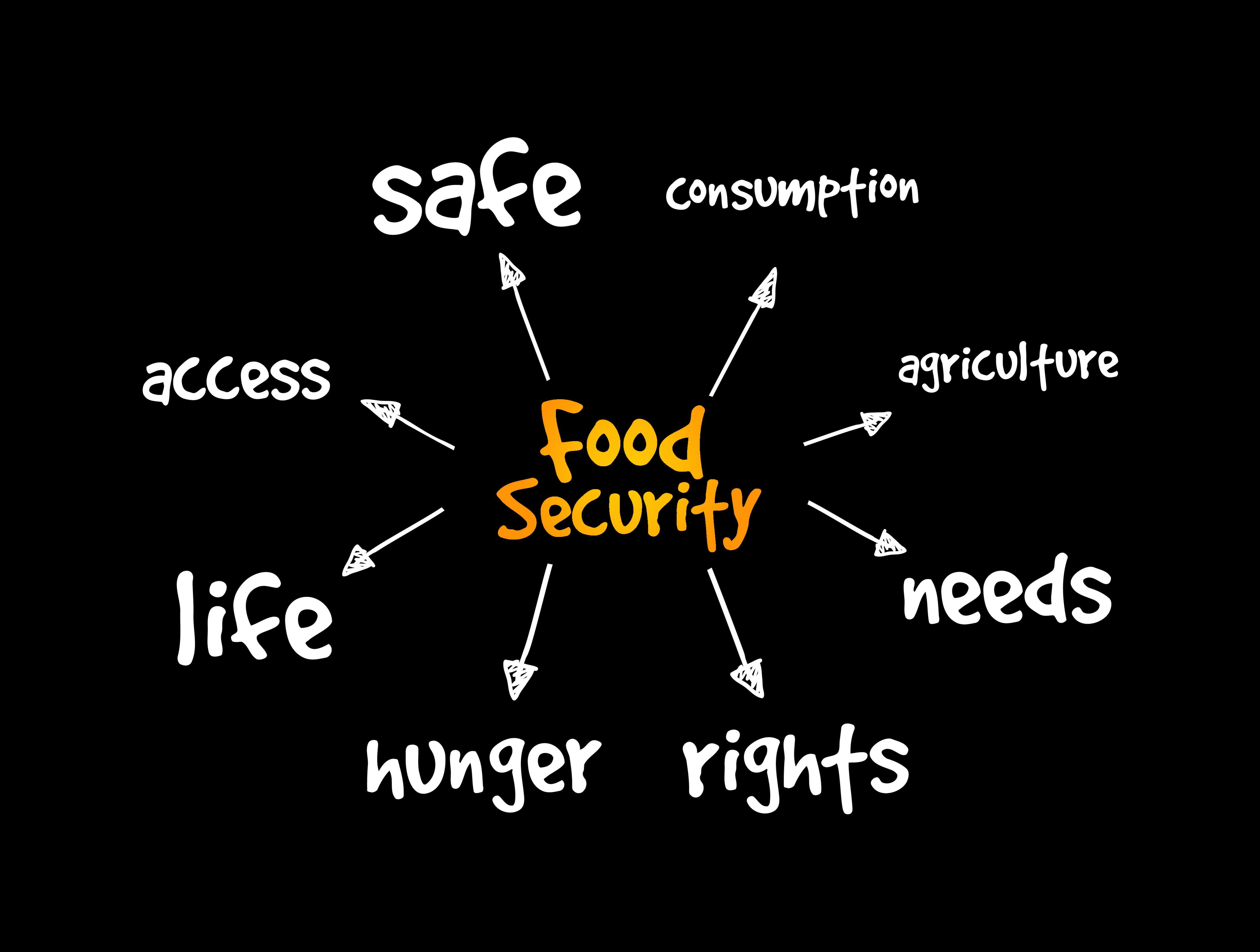Commentary
Video
Rethinking Public Health Through a Cultural Lens With Molly Kimball
Author(s):
Molly Kimball, RD, CSSD, of Ochsner Health, advocates for sustainable changes to populations' everyday behaviors to make healthy choices easier and more culturally relevant.
In this interview with Molly Kimball, RD, CSSD, a registered dietitian with Ochsner Health System and manager of the nutrition department of Ochsner Fitness Center, she explains the multitude of choices people face when deciding what to eat. Kimball includes the role culture and tradition play into our diets, influencing our eating habits.
Kimball is the founder of the Ochsner Eat Fit nonprofit restaurant initiative, which works to introduce restaurant chefs to healthier options for their customers while continuing to educate people about their daily dietary choices. This interview builds on Kimball's presentation at The American Journal of Managed Care®’s Institute for Value-Based Medicine® (IVBM) on New Orleans, Louisiana on November 7, 2023.
Transcript
Your website states, "Layer wellness into our everyday behaviors those micro-steps ultimately become magnificent game-changers." Can you explain the real-world application of this maxim?
A lot of times when someone is thinking about wellness or thinking about health, it becomes this big daunting, "should"—"should" I eat healthier, I "should" move more whatever it is. It can feel big, overwhelming, it can seem very intimidating. It can also seem very much all or nothing.
People are on a healthy initiative healthy program or they're not. They're either on it or they're off it. What we try to do is really reduce how much that pendulum is swinging. It's realizing that there's so many small decisions that if we can make them easy for people when they are going to that vending machine, that cafeteria, that corner store, and we're identifying for them, here's foods that are nutritious, they're identified as an an Eat Fit option for you but how can we make them as appealing as possible? This is not usually hard to do, especially with restaurants and chefs. But even with a lot of snacks, a lot of with the foods that we have on shelves—how can we make them affordable? How can we ensure that there's options that are culturally relevant across the board to so many?
The idea is where are we out living our lives, we say that a lot. We're going to meet people where they are, we're going to meet people where they're living their lives.
If we can really make the healthy choices easy in those spaces, it doesn't become all or nothing, you're still out doing the things you're doing. It becomes very easy and obvious and normalized to have these nutritious options right there for us.
Why is it necessary that we examine the relationship between food and culture, and what are some short- and long-term implications of findings from this research?
In New Orleans, every single thing about our food is also our culture, they're so intertwined. The lines are so blurred you almost would say, food is culture, culture is food, there's so much and that looks so different wherever you are, whoever you're talking with.
Throughout New Orleans, we think about the culture of New Orleans and we think about what foods are part of the culture. That depends on who you're talking with throughout any place, there's foods that we think of that are top of mind for what's typical or common in that region or what that region is known for.
Then within the families, within the communities, it's still so varied. I think for us, when we work with the different restaurants we work with the different types of cuisines, we work with people from different backgrounds, we want to be very mindful of what's important to them.
What are they willing and what are they open to maybe incorporating into their menu? Maybe it doesn't mean that they change those existing dishes that are so essential to the part of their culture but they're offering another element of it or they may offer that dish served 2 ways.
One may be with the rice as it typically is and the other version may be served with a different alternative. We want to be really mindful that there are certain things that we may provide that education and there may be change that comes with that. Then there's other times when there doesn't need to be any change for that, that is part of the culture and that doesn't need to be taken away but we can add other options in addition to.




